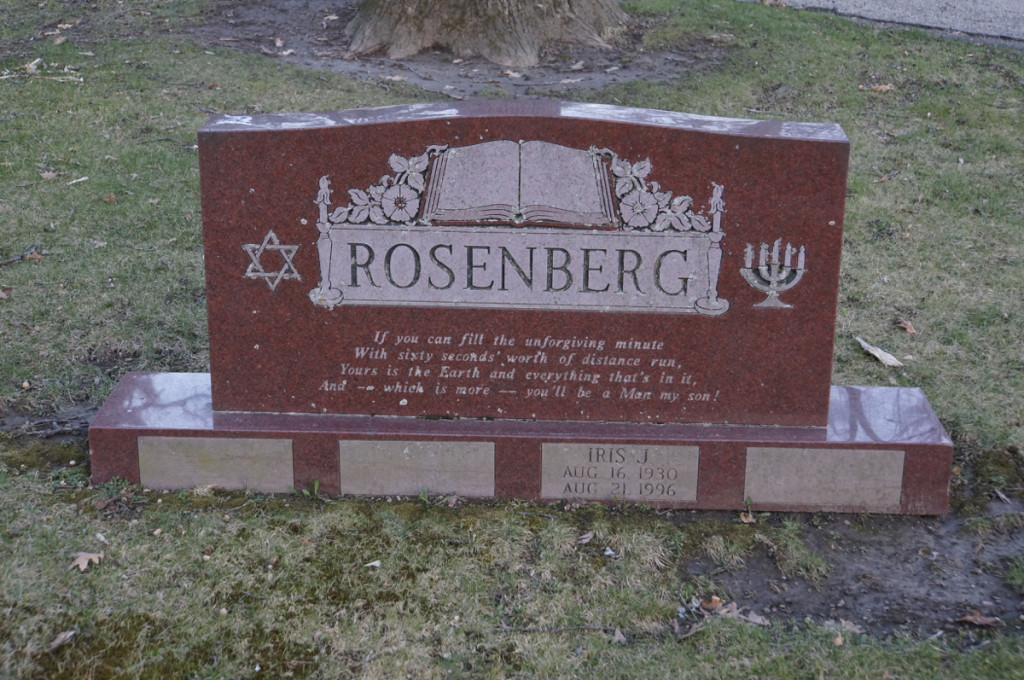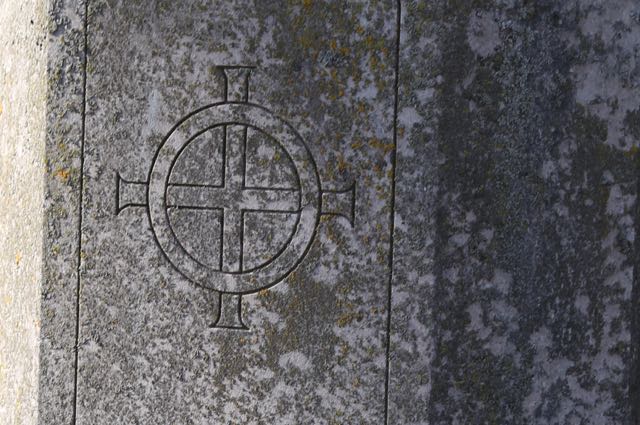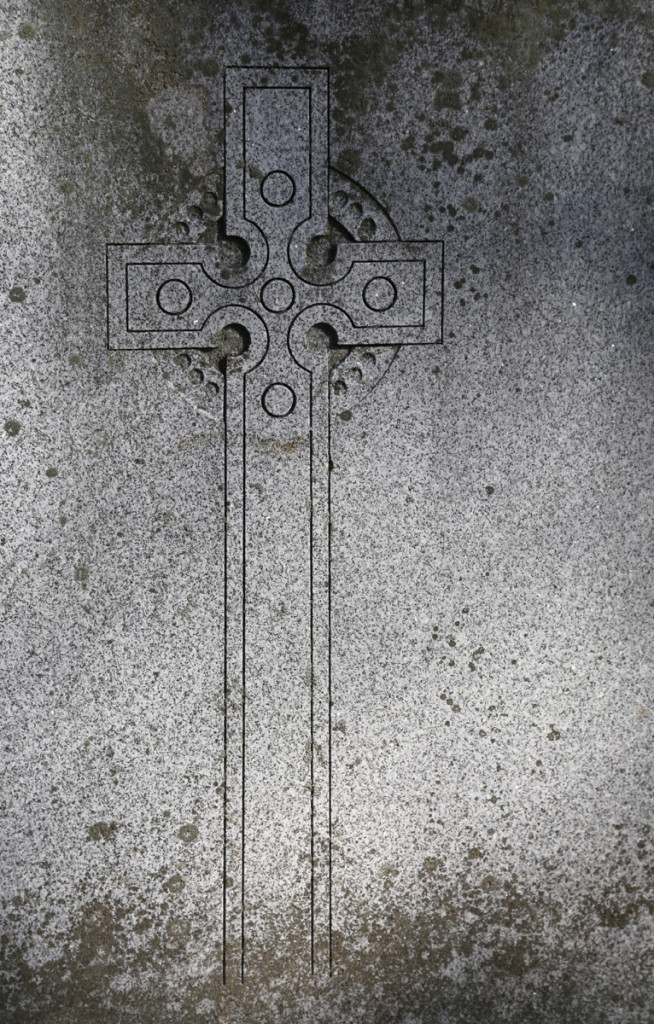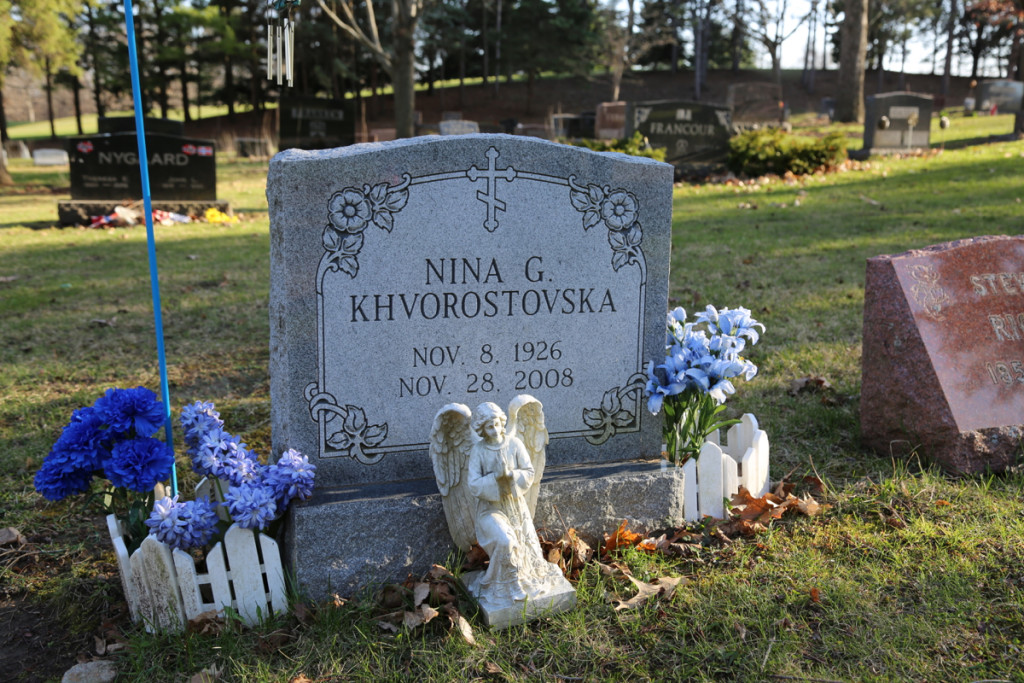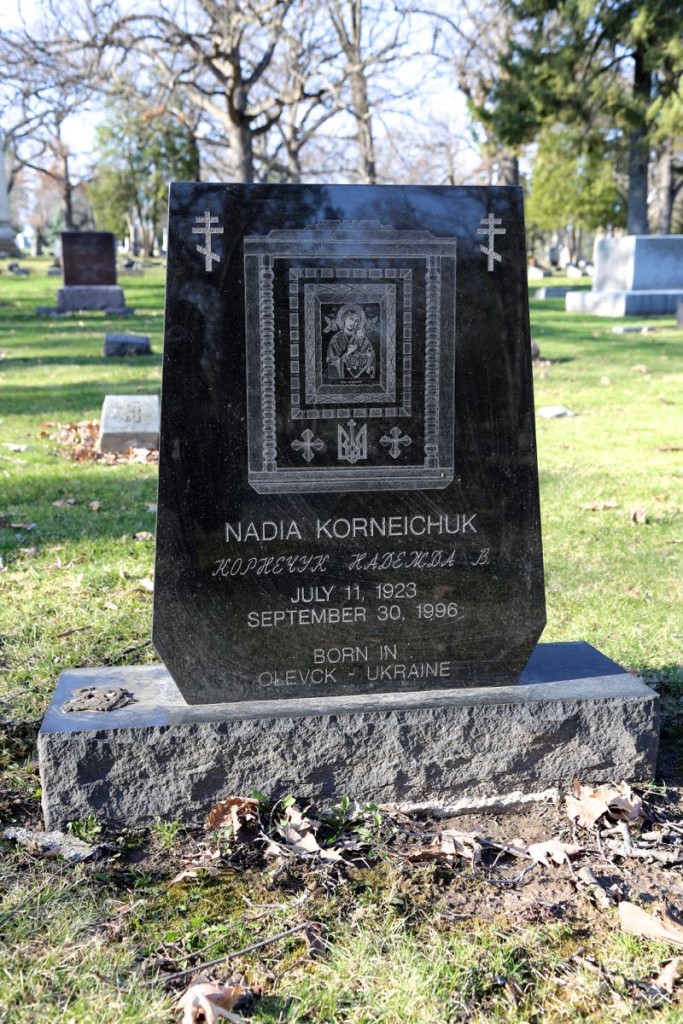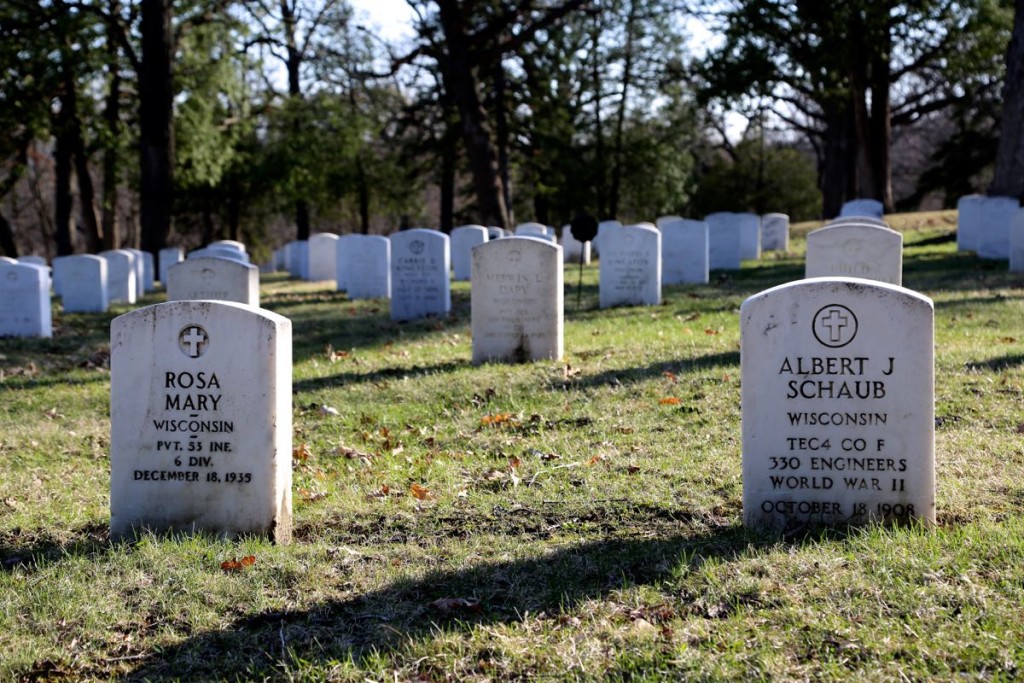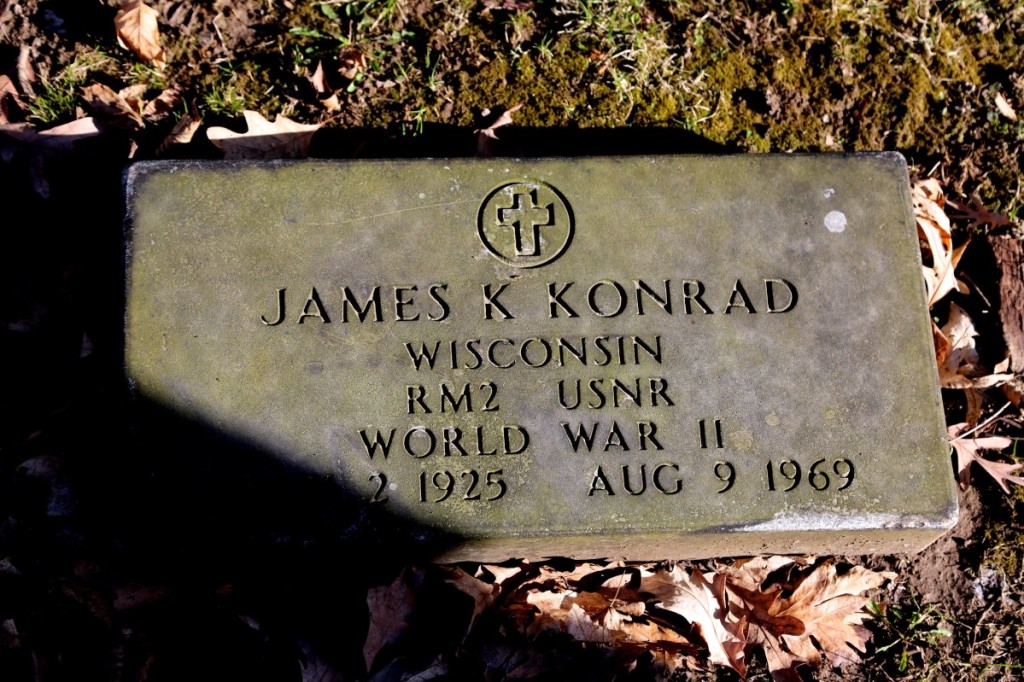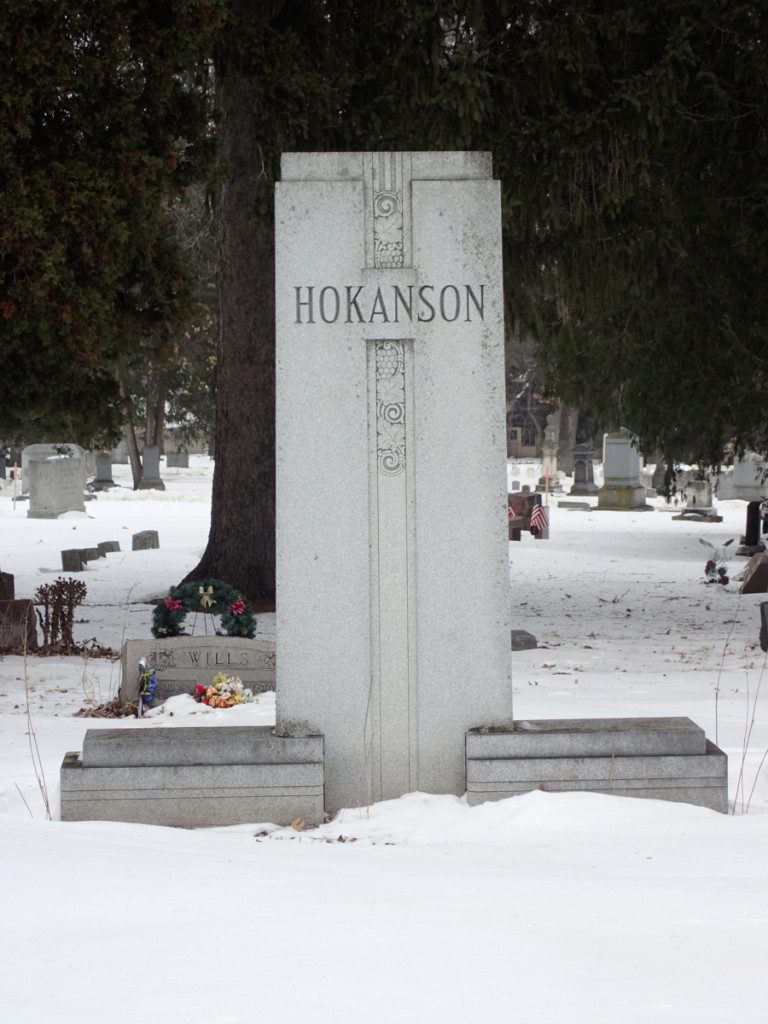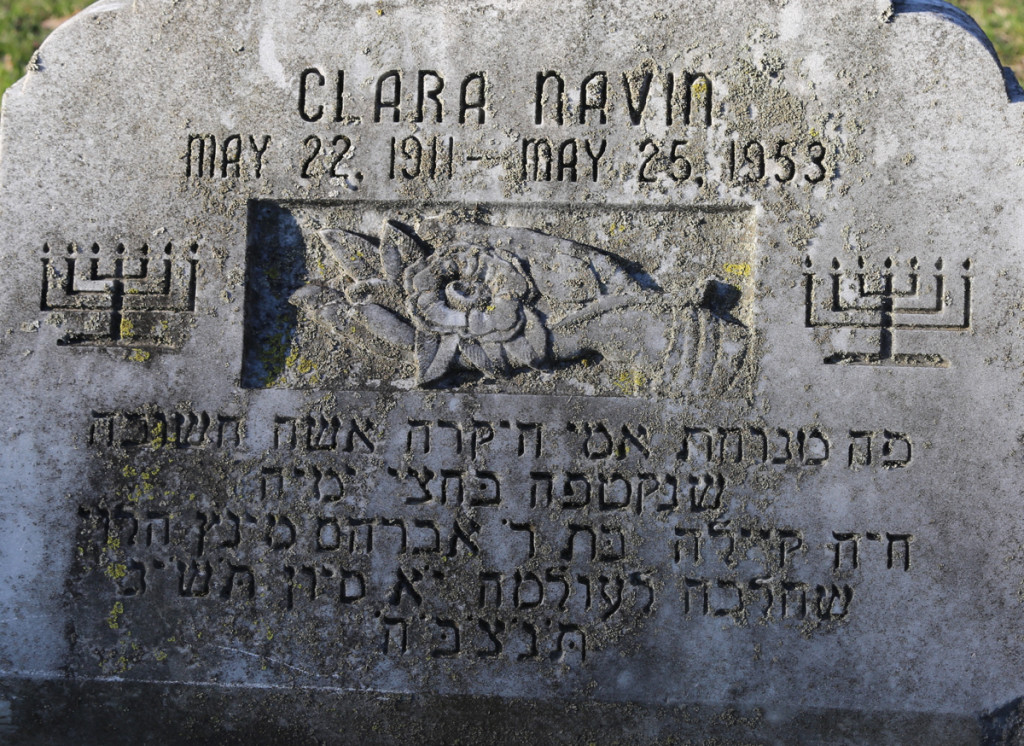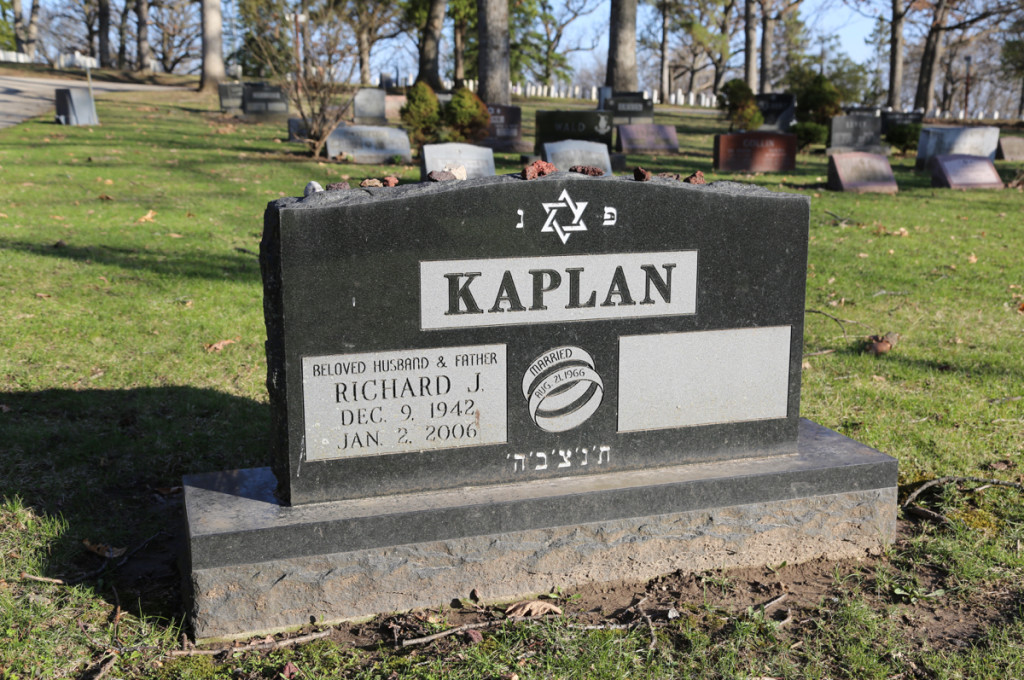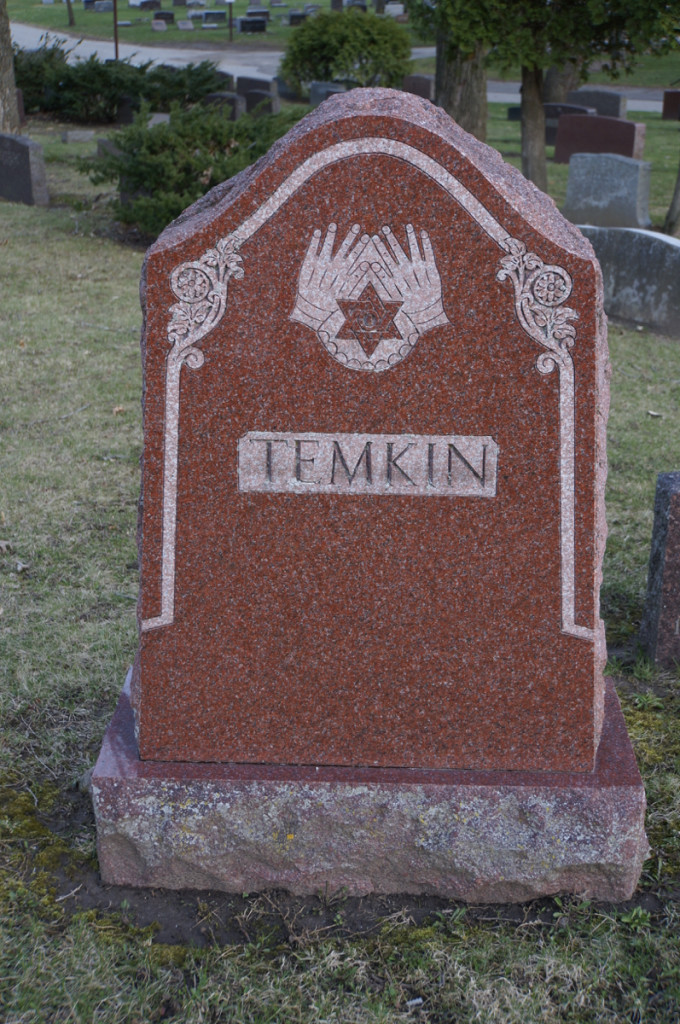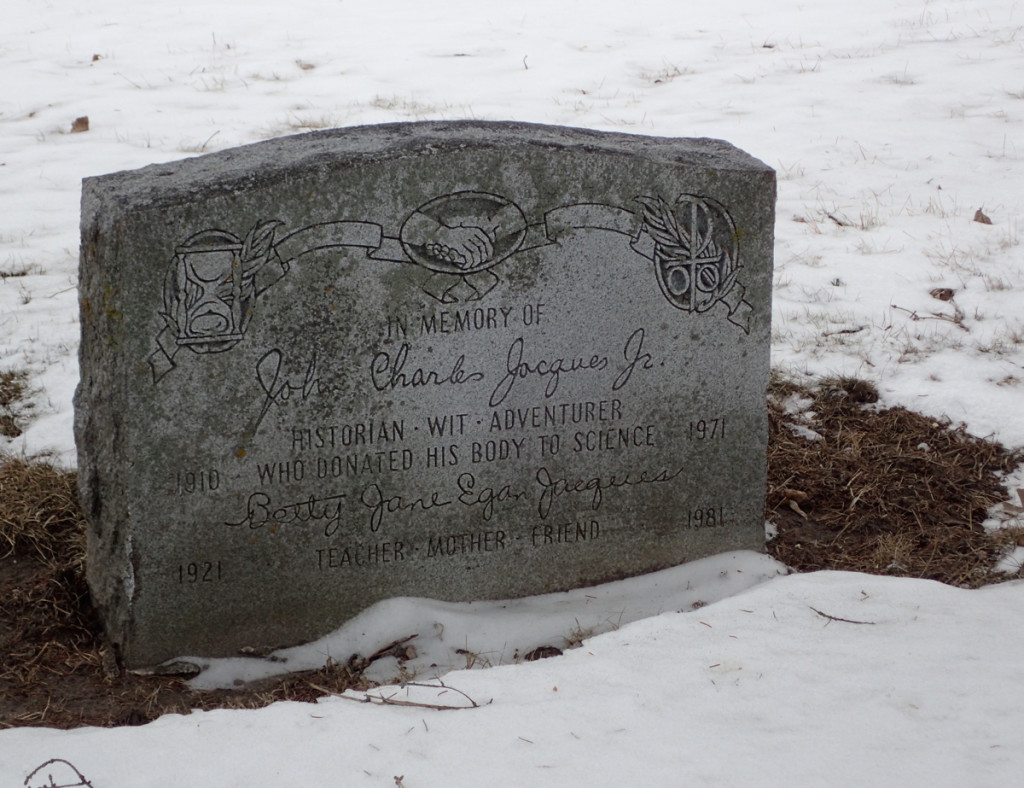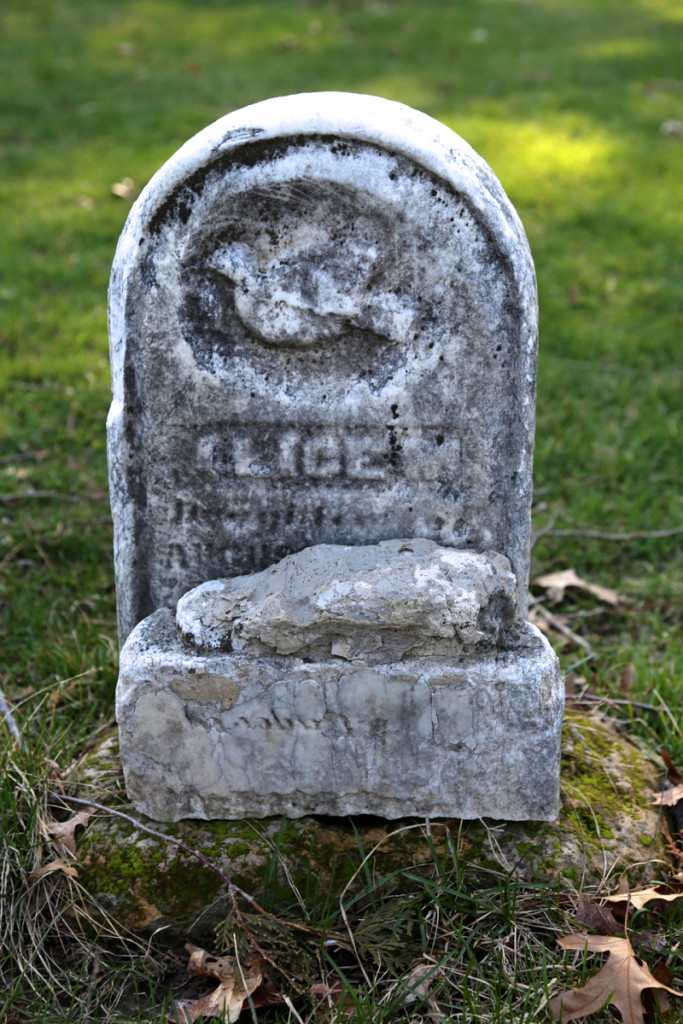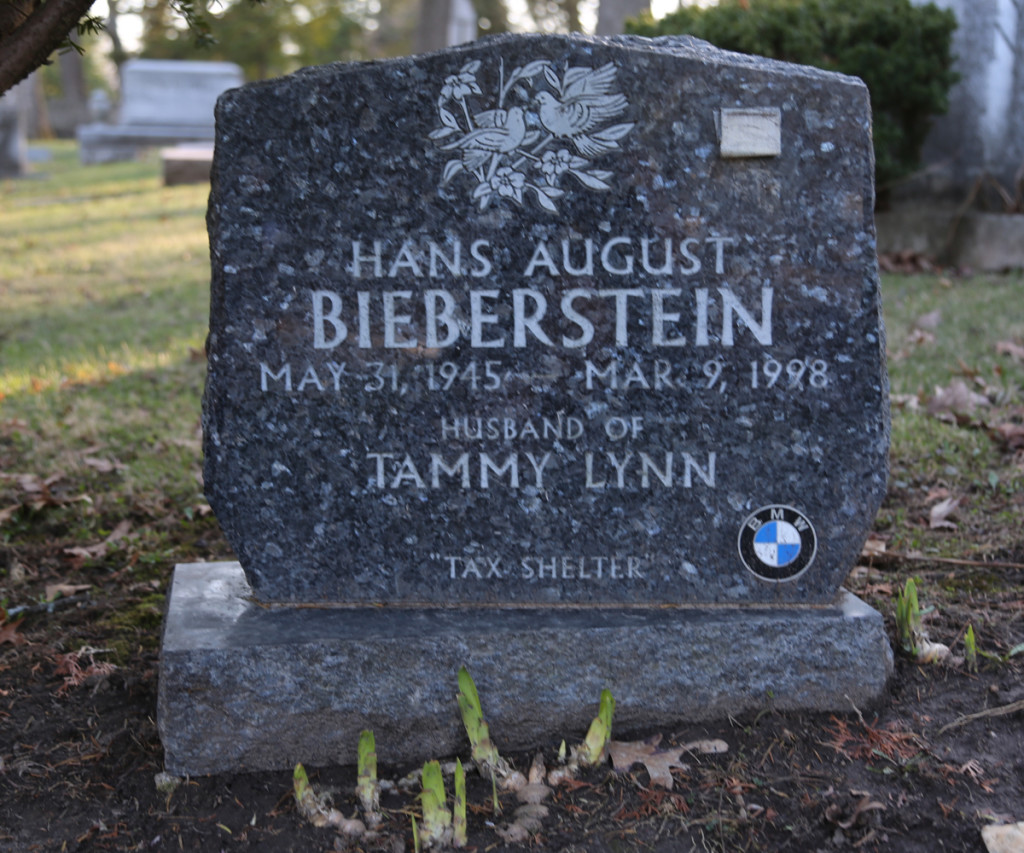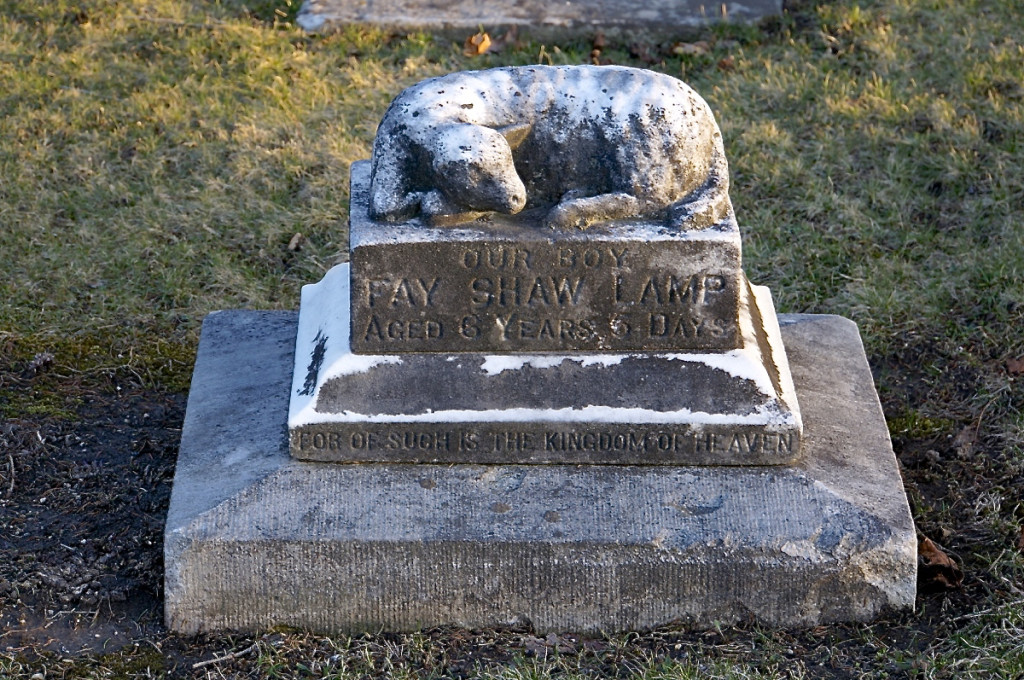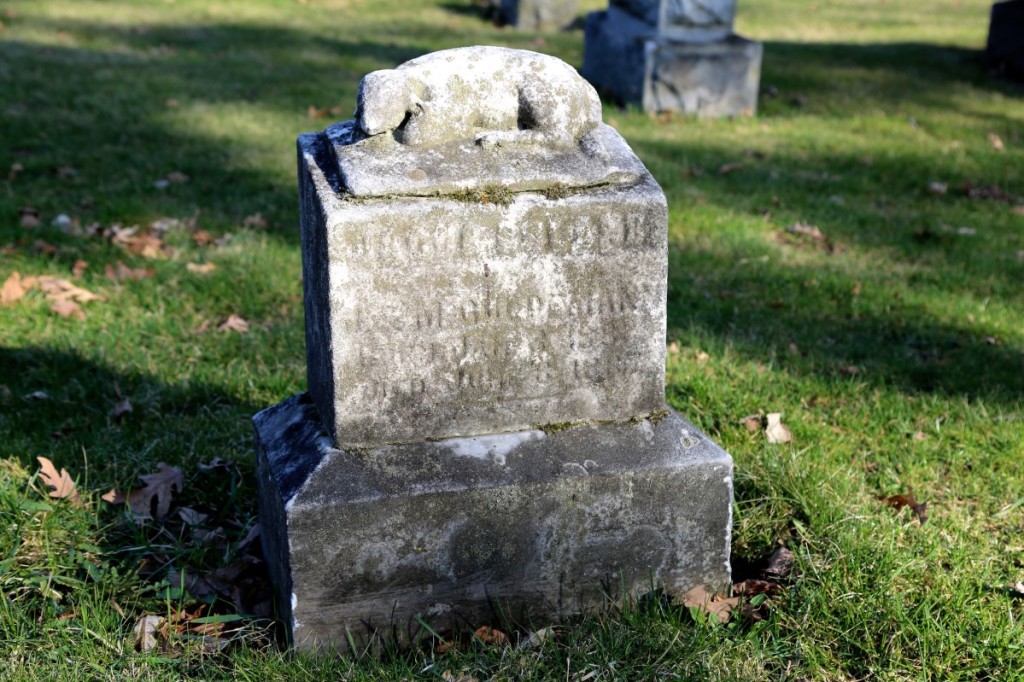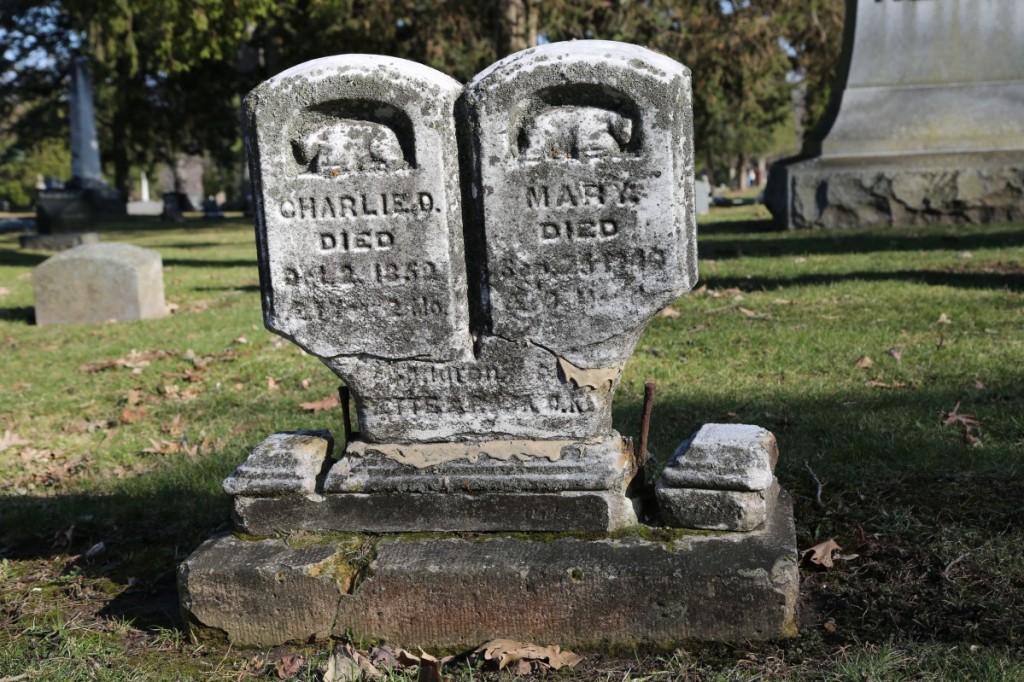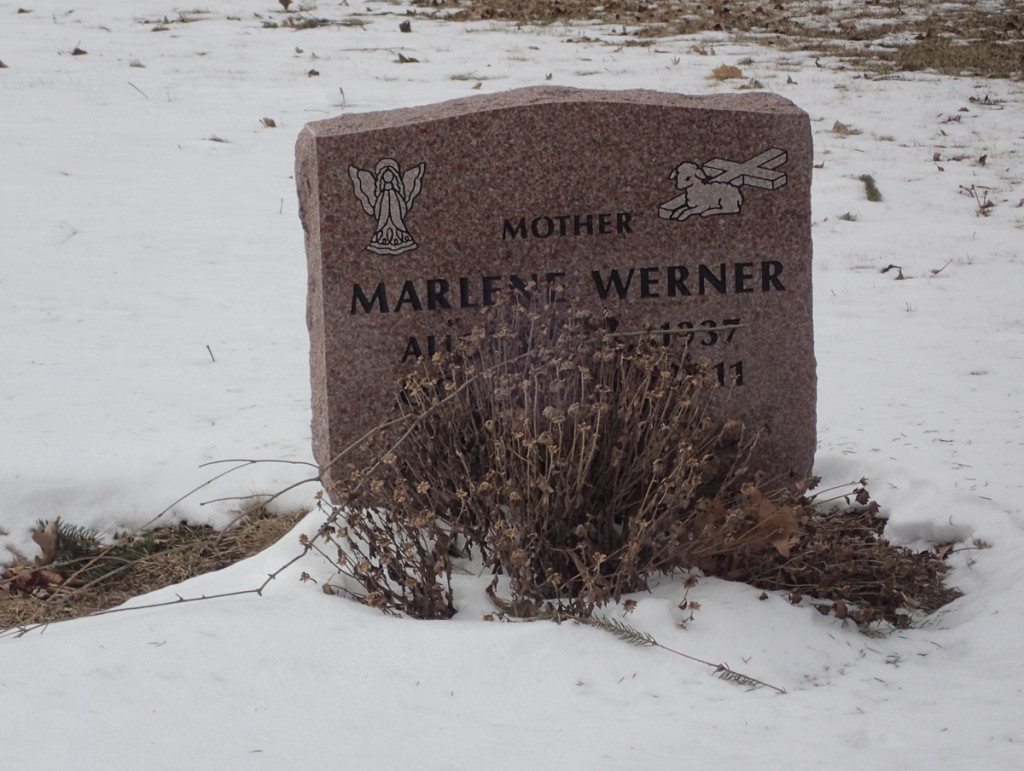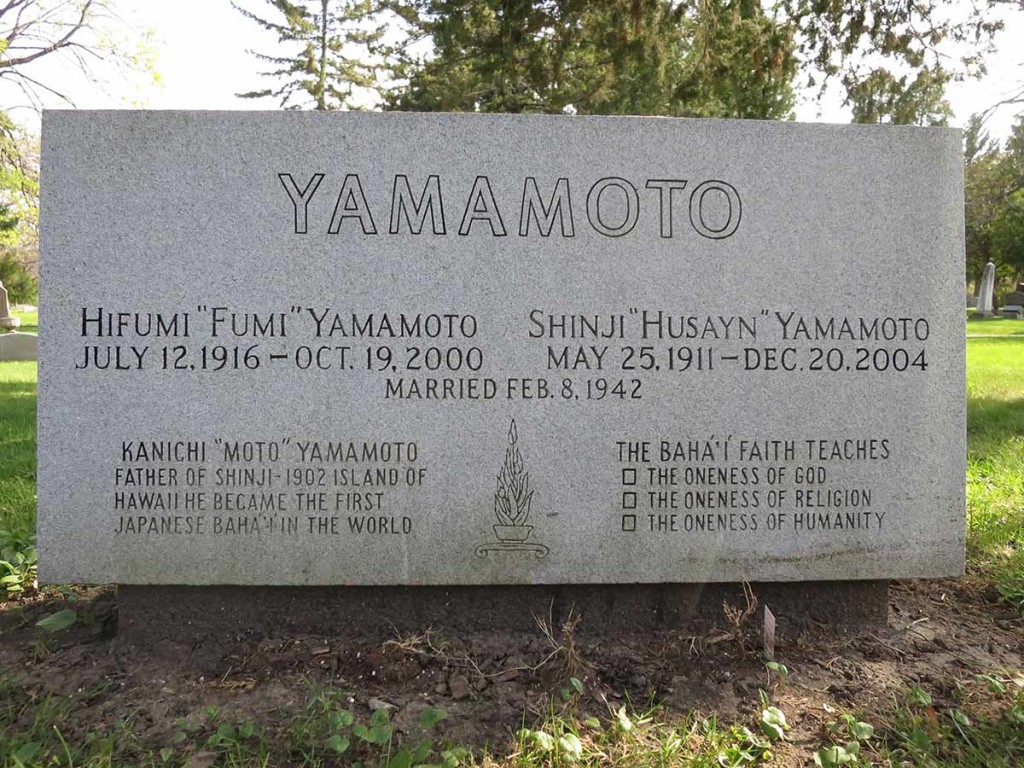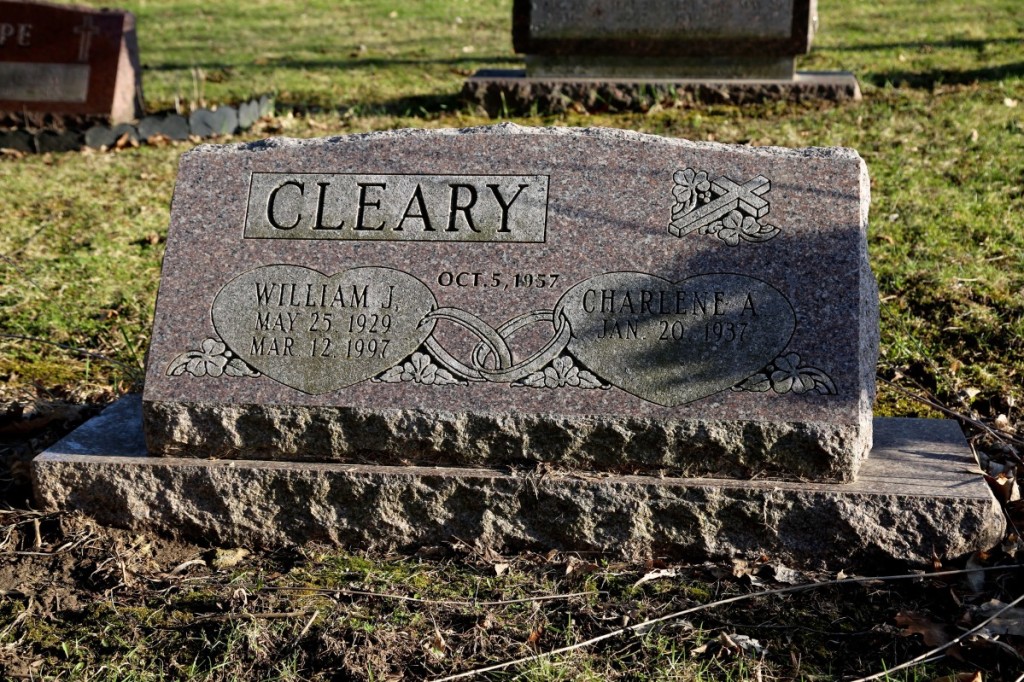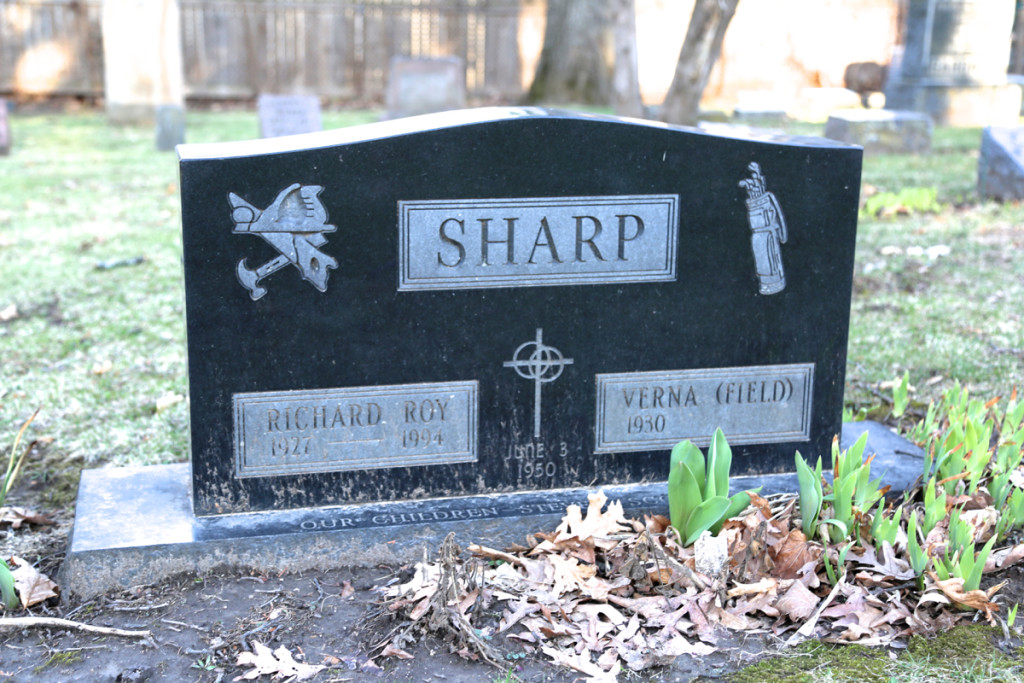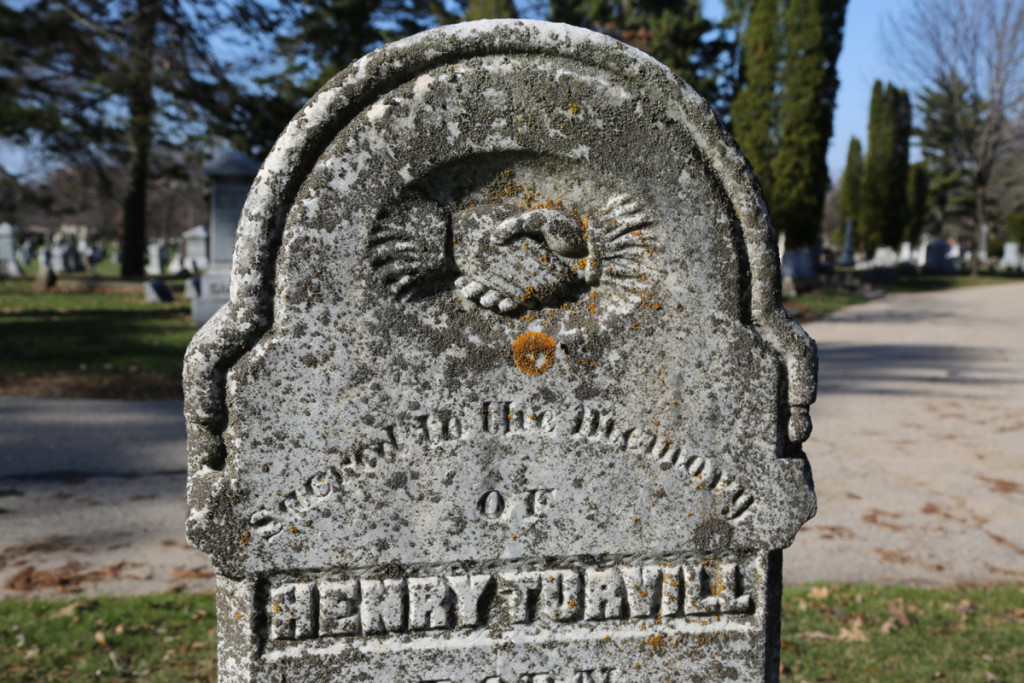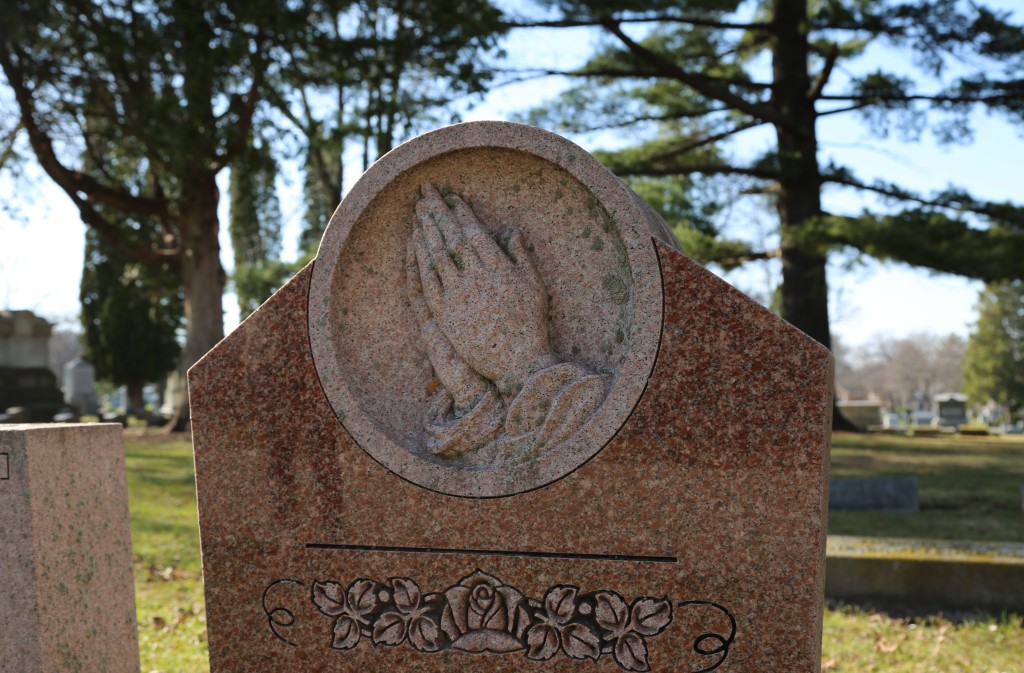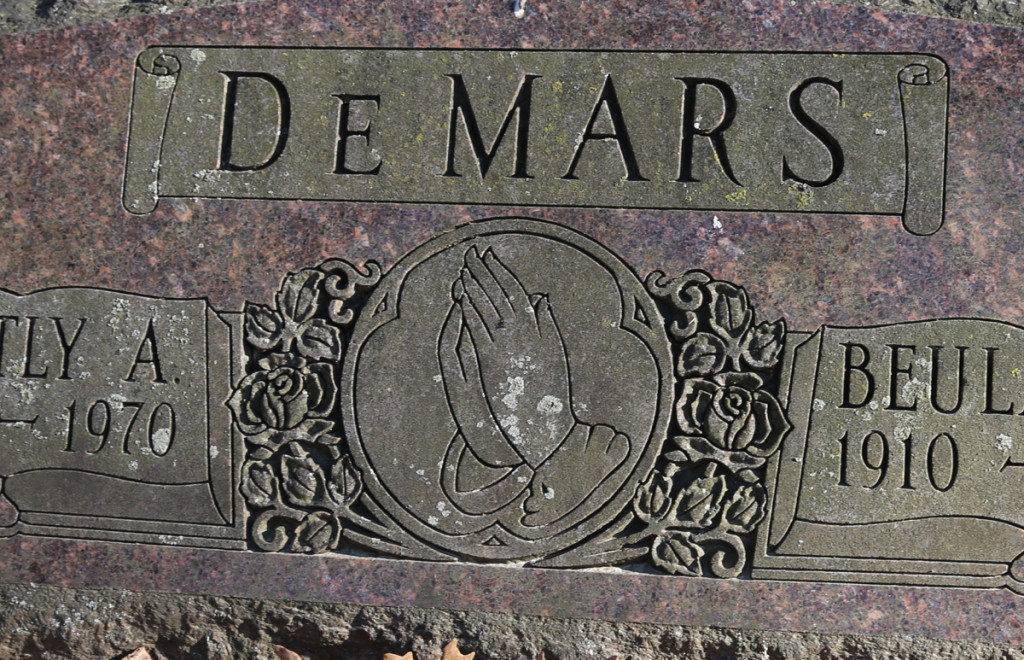Sacred
This page is intended as a starting place for thinking about the sorts of sacred symbols and symbols of faith that you might encounter at Forest Hill Cemetery. We encourage you to explore both this site and Forest Hill Cemetery further! Here are some useful starting places: Symbols: Expressions of Collective Identity, Symbols: Inherited Identity, and Ethnic and Cultural Identity, Rituals and Traditions.
STAR
The Star of David began to symbolize Jewish identity and faith in the nineteenth century. Although it had been used earlier in Christian and other contexts, it became increasingly popular in Jewish areas of Eastern Europe at that time, and was eventually chosen as the symbol of the First Zionist Congress in 1897. The star became extensively used thereafter as a visual symbol of Zionism. ((Berkowitz, M. (1993). Zionist Culture and Western European Jewry before the First World War. Cambridge: Cambridge University Press.)) By the mid-twentieth century, the symbol was recognized internationally as indicating Jewish identity. It was used by the Third Reich as part of the administrative effort to identify, isolate, and eliminate European Jews, becoming a symbol of both Jewish suffering and survival as a result. In 1948, after much debate, the symbol was adopted for the Flag of Israel due to its connection with the First Zionist Congress, giving it a new-found permanence. ((Keister, D. (2004). Stories in Stone: A Field Guide to Cemetery Symbolism and Iconography. Gibbs Smith.))
CROSS
The cross, comprising stripe (vertical pillar) and patibulum (horizontal bar) is used widely, and in many forms, but has become best known as the symbol of Christian faith. Despite some early depictions of rising souls in the shape of crosses (perhaps simplified from earlier drawings of birds), ((Mahdihassan, S. (1991). Cross as Symbol of Soul of About 4000 B.C. Pakistan: Ancient Science of Life, Journal: Vol X #3.)) the origin of the cross is unclear. However, the cross first became popular on gravestones in the mid nineteenth century, coinciding with a rise in emblematic art. Many different examples of the cross may be found at Forest Hill Cemetery, include the Russian Orthodox Cross, the Celtic Cross, the Serbian Orthodox Cross, and the Latin Cross.
The Celtic Cross is believed to have evolved from the earlier Sun Cross (or Solar Wheel), pictured at the center of the Russian Orthodox Cross lower down this page. ((Suggested by symboldictionary.net, accessed April 2015.)) Although early examples of the Celtic Cross date at least to the Stone Age, it is unclear when it was first used. Associated with the Irish Celtic Church since their conversion to Christianity in the fourth century, this symbol has since spread far and wide throughout the Christian world. Several different examples can be found at Forest Hill Cemetery.
The Russian Orthodox Cross (also known as the Eastern Orthodox, or the St. Andrews Cross) may be seen both with a straight or slanted third bar, demarking membership to the Greek Catholic or Orthodox Church respectively. The three bars are symbolic of the three bars of the crucifix; the foot bar, the arm bar, and the motto ‘INRI’ (Latin for ‘Jesus of Nazareth, King of the Jews’) that is believed to have been nailed above Jesus on his crucifix. Below, this contemporary version replaces INRI with the Russian abbreviation IHUI, and on the arm bar below, IC XC, meaning ‘King of Glory’ and ‘Jesus Christ.’
The Serbian Orthodox Cross (dating from the early nineteenth century), and the Latin Cross (which became widely used by the Christian church in the fourth century) are offered among many other symbols by The United States Department of Veterans Affairs [USVA], as permissible emblems for military memorials. You can find more information about USVA memorial symbols here.
An unusual but interesting example of the cross at Forest Hill may be found in the Hokanson monument. This memorial may or may not have been intended to symbolize a cross, however, fruiting vines are often used to signify the blood of Christ. ((Keister, D. (2004). Stories in Stone: A Field Guide to Cemetery Symbolism and Iconography. Gibbs Smith.))
TEMPLE
The Menorah candelabra, a sacred Jewish symbol of temple, signifies divinity and wisdom. It is believed that the first Menorah was seven-branched (seen below), and made from a single piece of pure gold. The central guiding light (the seventh central flame) signified the Divine, and this Menorah was burned at temple. Hanukkah Menorahs (also Chanukah), burned not at temple but in private homes, are nine-branched; eight lights for the eight days of Hanukkah, and one light to light the eight.
Hebrew can be found on many Jewish memorials at Forest Hill Cemetery, and might be seen as a gesture towards rabbinic literature and temple. Below, either side of the Star of David, the Hebrew letters ‘Nun’ (left) and ‘Pe’ (right) can be seen above the family name Kaplan. You will notice these letters on many memorials at Forest Hill; they mean ‘Here lies.’
The Kohanim (or Cohanim) Hands symbol on Jewish memorials denote priestly blessings; Kohen (or Cohen) being the Hebrew word for priest. Traditionally, this symbol was associated with priestly family lineage from the first Kohen, brother of Moses, but can now be found on other Jewish memorials as well. ((Information from Cemeteries and Cemetery Symbols WordPress, cemteteries.wordpress.com, accessed April 2015))
SPIRIT
There are many symbols associated with the idea of spirit at Forest Hill Cemetery. The hourglass and ivy are suggestive of mortality and immortality respectively, ((Keister, D. (2004). Stories in Stone: A Field Guide to Cemetery Symbolism and Iconography. Gibbs Smith.)) while the angel (translated from Latin as “messenger of God”), is traditionally used to represent the holy spirit, or guardians of the dead, especially according to Catholic faith. ((Cooper, G. (2009). Stories told in stone: cemetery iconology: a manual for genealogy research. Louisville, Motes Books.)) You will find several examples of angels at Forest Hill cemetery, but a great many more at Resurrection cemetery, which is located opposite Forest Hill.
On older monuments, doves often refer to two biblical doves; one bringing hope to Noah’s Arc, the other appearing during the baptism of Jesus. ((Keister, D. (2004). Stories in Stone: A Field Guide to Cemetery Symbolism and Iconography. Gibbs Smith.)) These may be used to represent the Holy Spirit. Single doves might symbolize peace, while coupled doves may represent unity.
Lambs have been used traditionally to symbolize innocence, and to mark the death of a child. In Christian faiths, Christ is often represented as a shepherd, and the lamb as a symbol of Christ is heavily used in Christian art. ((Keister, D. (2004). Stories in Stone: A Field Guide to Cemetery Symbolism and Iconography. Gibbs Smith.))
A lamb with a cross is traditionally used to signify Christ as the sacrifice, or Christ the Lamb of God. ((Keister, D. (2004). Stories in Stone: A Field Guide to Cemetery Symbolism and Iconography. Gibbs Smith.))
UNITY
The memorial of Hifumi and Shinji Yamamoto, two members of the Bahá’í faith, explicitly lists teachings of oneness on their stone. The Bahá’í faith celebrates the unity of humankind as a single race, by accepting and uniting the beliefs and ideas of all faiths.
Other joint graves throughout Forest Hill depict wedding rings and wedding crosses, symbolizing the unity of matrimony.
While clasped hands may denote matrimony, they are also used to signify a “heavenly welcome or an earthly farewell.” Praying hands often denote a unity with God, and serve as a lasting statement of Christian faith. ((Keister, D. (2004). Stories in Stone: A Field Guide to Cemetery Symbolism and Iconography. Gibbs Smith.))
Back to Top | Symbols Main Page | Individual | Collective | Inherited

